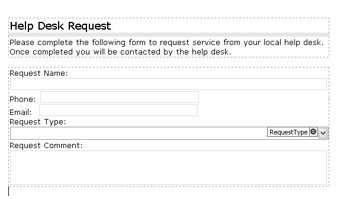Chapter 6: Building Workflow-Enabled Applications

Introduction
All companies today are looking for ways to improve their overall operational efficiency. The rapid changes in technology and the globalization of major markets are requiring companies to find better ways to manage resources while lowering overall costs. These are two of the most important business drivers for enabling companies to achieve long- term success. One of the ways that many enterprises are finding they can meet these needs is through implementing workflow-enabled applications that automate existing business processes.
These applications are designed to model software applications against a specific business process with the goal that the applications should be flexible enough to change as the process is improved. They cover everything from simple task routing and approval to more advanced enterprise-wide workflow and application integration. XML has become an important part of these types of solutions. Both its flexibility and ease of use make it the natural choice for these types of distributed applications. InfoPath as an XML-enabled application makes an ideal front-end application.
As a standalone solution, InfoPath allows you to design and implement simple workflow processes. When combined with other products in the Microsoft Office System 2003 and SOA design principles, the XML enablement makes it the ideal workflow-enabled platform. This chapter focuses on design principles and examples that show how these types of applications are developed within an enterprise to solve these types of business process automation issues.
EAN: 2147483647
Pages: 111
- Challenging the Unpredictable: Changeable Order Management Systems
- The Second Wave ERP Market: An Australian Viewpoint
- Context Management of ERP Processes in Virtual Communities
- Distributed Data Warehouse for Geo-spatial Services
- Relevance and Micro-Relevance for the Professional as Determinants of IT-Diffusion and IT-Use in Healthcare